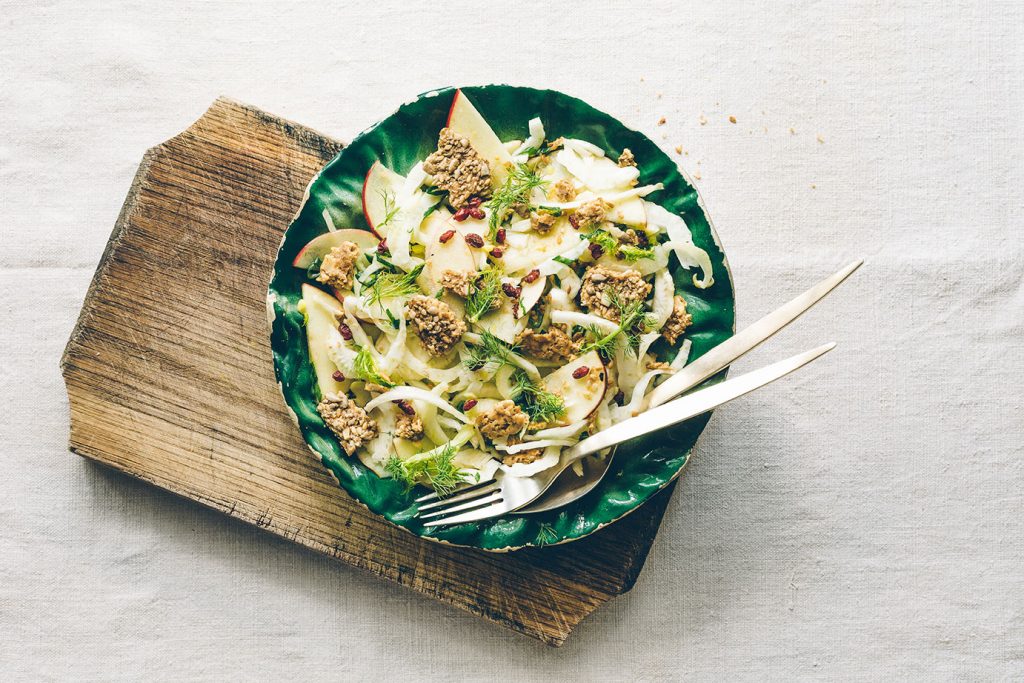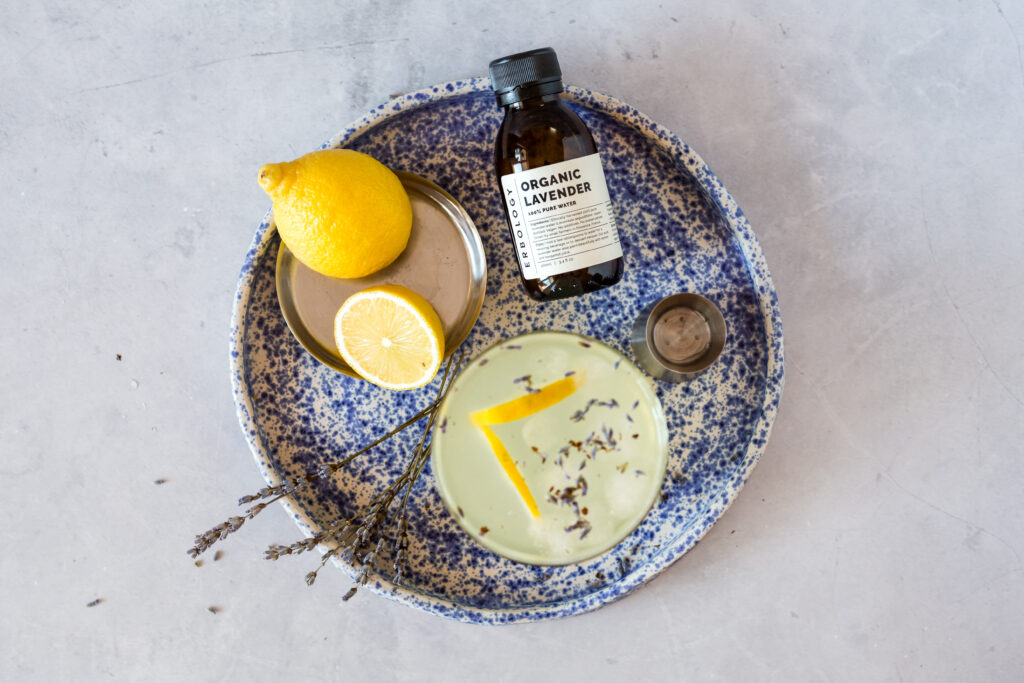
If you’re someone who menstruates, you are probably all too familiar with PMS symptoms! The hormonal changes our bodies go through can cause all kinds of unwanted physical and psychological symptoms, both mild and severe. Luckily, however, there are steps you can take to alleviate them. In this article, we’ll look at the different types of PMS and the most effective ways to ease their symptoms. We’ll also cover some more general PMS remedies to help you feel better at that time of the month.
February 20, 2023 4:19 pm February 20, 2023 1:00 amWhat is PMS?
Premenstrual syndrome, or PMS, refers to a collection of changes that you may experience in the run-up to your period. Although we don’t always talk about it, it’s very common to have PMS symptoms. Research estimates that 75% of women experience at least one, and 8-20% meet the clinical criteria for an official diagnosis of PMS.(1) The latter usually means your PMS symptoms are serious enough to interfere with your daily activities.
PMS symptoms are pretty diverse. They can be both physical and psychological, and range from mild to severe. PMS symptoms may additionally be inconsistent. As an example, you might find that their severity differs from one cycle to the next. Alternatively, it could be that the specific PMS symptoms you experience change month to month. This also means there’s quite a diversity of home remedies for PMS, depending on the exact PMS symptoms you have.
At this point, it’s worth noting that PMS is absolutely a real condition and not something to be dismissed. In fact, researchers have stated that period pain can be as bad as having a heart attack.(2) No matter what PMS symptoms you experience or how severe they are, they should be taken seriously and remedied.
When do PMS symptoms start?
PMS symptoms tend to arise between ovulation and the beginning of your period, and last until a few days after your period starts. Ovulation generally occurs in the middle of the menstrual cycle. The average cycle lasts 28 days, meaning ovulation takes place around day 14 and your period begins around day 28.
PMS symptoms can therefore start as much as two weeks before your period begins, and continue for five days afterwards. However, for most people, PMS symptoms typically arise in the week before your period. If you’re interested, you could try tracking your cycle and noting exactly when you experience PMS symptoms. You may then notice a pattern that can help you to predict and ease them. Just bear in mind that PMS symptoms are not always regular!
What causes PMS symptoms?
Any woman who has periods may experience PMS symptoms. However, experts believe you’re more likely to get them between your late 20s and early 40s. Those who have had at least one pregnancy are also more prone to suffering from PMS symptoms.
Interestingly, scientists haven’t yet discovered exactly what causes PMS symptoms, or why we all experience them differently. However, one of the most plausible explanations is that it’s due to cyclical changes in hormone levels.
The two main female sex hormones are oestrogen and progesterone. The levels of these fluctuate naturally during the menstrual cycle. Both peak during ovulation and then drop rapidly, which could explain why PMS symptoms tend to begin around this time.
In addition, oestrogen and progesterone can have an influence on the levels of certain chemicals in the brain. For example, the decrease in oestrogen levels in the week or so before your period may have an impact on serotonin levels.(3) Serotonin affects factors such as our sleep, mood, and appetite – all of which PMS can also affect.
As well as these overarching causes, there are certain things that may make some types of PMS symptoms worse. These include having deficiencies in specific vitamins and minerals, or mental health conditions such as depression and anxiety. Lifestyle factors like smoking, heavy drinking, an unhealthy diet, lack of exercise, and poor-quality sleep can also exacerbate PMS symptoms. This is why several remedies for PMS aim to tackle these issues.
What are some of the most common PMS symptoms?
Now that we’ve explored what causes PMS symptoms, let’s get more specific about how they manifest. As mentioned above, PMS symptoms can be both physical and psychological. Below, we’ve listed some of the most common types of PMS symptoms in both categories.
Some people find they experience multiple PMS symptoms, whereas for others it could be just one or two. Likewise, you might have different PMS symptoms in different cycles. They may also vary in severity level.
Physical PMS symptoms
- Weight gain
- Abdominal bloating
- Changes to appetite
- Food cravings
- Constipation
- Diarrhoea
- Cramps
- Abdominal pain
- Tender or swollen breasts
- Headaches
- Fatigue
- Oily skin
- Acne
- Back and muscle pain
- Joint pain
Psychological PMS symptoms
- Anxiety
- Restlessness
- Irritability or sudden anger
- Trouble sleeping or changes in sleep patterns
- Low mood
- Tearfulness or uncontrollable crying
- Mood changes or emotional outbursts
- Difficulty concentrating
- Impaired memory
- Decreased sex drive
- Social withdrawal
PMS can additionally worsen symptoms of other physical and mental health conditions, such as depression, diabetes, and irritable bowel syndrome.
Related reading
"Understanding which types of PMS symptoms you normally experience can enable you to determine how best to alleviate them."
What are the four different types of PMS symptoms?
It’s possible to distinguish four different types of PMS according to the kind of symptoms you experience. Figuring out which is most relevant to you may help you determine which PMS remedies will be most effective. There is some overlap between the symptoms, and you might find that you fit into more than one category.
PMS-A: Anxiety
The most common types of PMS symptoms in this category are anxiety, irritability, tension, and mood swings. They’re thought to be caused by high levels of oestrogen and low levels of progesterone resulting in a hormonal imbalance.
You can help to counter this by eating foods rich in vitamin B6, such as sunflower seeds and hemp seeds. Although these foods don’t contain progesterone themselves, they are able to stimulate the body’s production of it. Beans, bananas, and cabbage are also all great choices. Conversely, it’s best to avoid consuming too much dairy and refined sugar.
PMS-C: Cravings
The most common types of PMS symptoms in this category are cravings for carbs and sweet foods, fatigue, and headaches. Low serotonin levels or an insulin imbalance could be behind such cravings.
It’s important to resist the urge to indulge in too many sweet treats, because it can negatively impact your blood sugar levels. This may then further disrupt your hormones and create a negative cycle. Instead, try munching on snacks featuring complex carbohydrates and healthy fats. Our range of wellness-boosting crackers has plenty of nutrient-rich options, with an array of flavours to choose from!
PMS-D: Depression
The most common types of PMS symptoms in this category are low mood, tearfulness, social withdrawal, and forgetfulness. They’re thought to be the result of a hormonal imbalance caused by low levels of oestrogen and high levels of progesterone.
You can help to counter this by eating foods rich in phytoestrogens, such as soy products, flaxseeds, and sesame seeds. It’s also beneficial to ensure that you’re consuming enough vitamin D and B vitamins. These may assist in the creation and activation of oestrogen. In addition, setting aside some time for mindfulness and self-care can be a fantastic mood-boosting tactic.
PMS-H: Hyper-hydration
The most common types of PMS symptoms in this category are bloating, water retention, weight gain, and tender breasts. These can be the result of hormonal imbalances leading your body to struggle with water balance.
It might seem counter-intuitive, but drinking more water can help with these PMS symptoms. That’s because if the body is dehydrated, it will try to hang on to the little water it has. You should also avoid consuming too much salt. Conversely, it may be useful to up your intake of magnesium and potassium by eating mineral-rich foods. These include almonds, spinach and avocados.
What about PMDD?
PMDD, or premenstrual dysphoric disorder, is slightly different to the four types of PMS listed above. PMDD is a far more severe form of PMS, and affects approximately 5-8% of people who menstruate.(4) Experts believe that those who suffer from PMDD might have an increased sensitivity to changes in oestrogen and progesterone.(5)
While the symptoms of PMDD are largely similar to PMS symptoms, they are much worse. They can have a debilitating impact on your daily life, making it difficult to function at work, home, and socially. There are also additional and serious symptoms of PMDD that are not usually seen with PMS, like suicidal thoughts.
It’s possible to ease PMDD with the same home remedies for PMS, more of which we’ll discuss below. However, it may be wise to seek professional medical advice if your symptoms are very severe.
What are some effective natural remedies for PMS symptoms?
Regardless of which one of these types of PMS you fit into, there are various techniques you can use to help alleviate your symptoms. Below are some of our top tips. Some will work better than others, depending on which specific PMS symptoms you’re suffering from. As such, it’s worth trying several PMS remedies and seeing which are most effective for you.
- Use relaxation techniques, such as meditation and breathing exercises, to ease stress and regulate emotional imbalances
- Do gentle exercise, such as yoga or walking, to relieve physical symptoms like cramping and also boost your mental health
- Put a hot water bottle or heating pad on your abdomen to ease pain and cramps
- It’s common to experience a drop in iron levels during your period. This can lead to fatigue and dizziness. Counter it by eating iron-rich foods such as dark leafy greens, legumes, tofu and pumpkin seeds
- Consuming plenty of B vitamins can help ease PMS symptoms. Good sources include legumes such as lentils, edamame and chickpeas, leafy greens, nuts and seeds
- If possible, spend time in the sunshine to boost your levels of vitamin D and alleviate PMS symptoms
- Stay hydrated to stave off bloating, water retention and headaches
- Raising your intake of calcium could help reduce the severity of PMS symptoms. Sesame seeds, chia seeds, almonds, tofu, and Brazil nuts are all great sources
- Avoid sugar, salt, caffeine and alcohol, as these can exacerbate PMS symptoms
- Don’t smoke. In addition to all the other negative impacts on your health, smoking can worsen PMS symptoms
- Make it a priority to get 7-9 hours of good quality sleep a night. An eye mask, essential oils, and calming bedtime routine can all help if you struggle to drift off
When should you go to a doctor about PMS symptoms?
For most people, natural remedies for PMS are sufficient to ease their symptoms to a manageable level. However, you may find that your PMS symptoms are still severe enough to disrupt your daily life and activities. If that’s the case, it might be worth speaking to your doctor. This is so they can rule out the possibility of your symptoms being caused by another condition, such as endometriosis. They might also be able to advise you on other possible treatments.
The final word on PMS symptoms
For many of us, PMS symptoms are something we struggle with every month. However, it doesn’t have to be that way. The good news is that there are lots of different tactics you can try that will help to ease them. Moreover, understanding which type of PMS symptoms you normally experience may enable you to determine how best to alleviate them. From eating a healthy diet packed with nutrient-rich ingredients to prioritising self-care, even small lifestyle changes can add up to a big difference
Related reading
Latest articles
References
- Recreational Physical Activity and Premenstrual Syndrome in Young Adult Women: A Cross-Sectional Study PLOS ONE, 2017.
- Period pain is officially as bad as a heart attack – so why have doctors ignored it? The answer is simple The Independent, 2016.
- Sex hormones affect neurotransmitters and shape the adult female brain during hormonal transition periods Frontiers in Neuroscience, 2015.
- Premenstrual dysphoria disorder: It’s biology, not a behavior choice Harvard Health Blog, 2017.
- Sex hormone-sensitive gene complex linked to premenstrual mood disorderS. National Institutes of Health, 2017.




Comments (0)